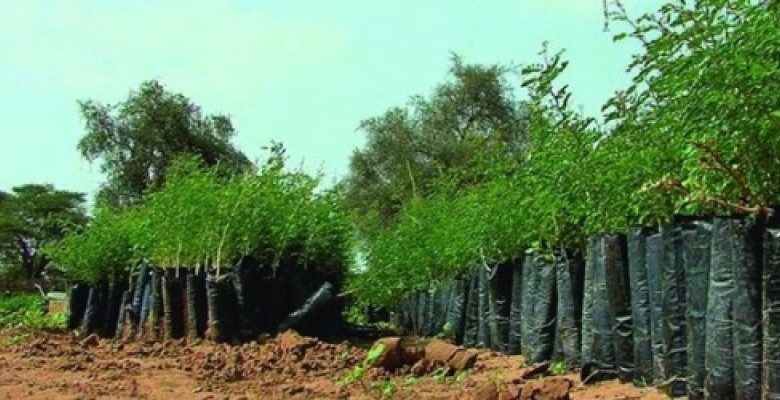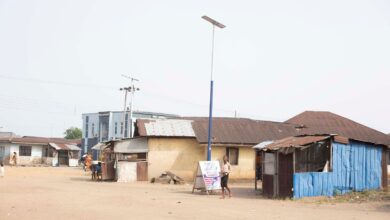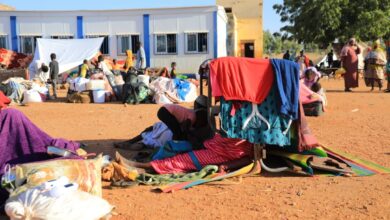Cameroon Spends $2 Million Annually On “Green Sahel” Reforestation Project

In its fight against desertification in the three northern regions of Cameroon, the government launched an operation of afforestation dubbed “Green Sahel” in the early ‘70s during the reign of Cameroon’s first president Ahmadou Ahidjo.
Due to some other environmental initiatives, the operation was suspended for some years but re-launched in 2008 on the instructions of President Paul Biya.
Today, the Biya government spends one billion FCFA (about US$2 million) annually to sustain the operation which involves the planting of trees in areas seriously affected by desertification.
According to the Minister of Environment, Nature Protection and Durable Development, Hele Pierre, the government recognizes the fact that the impact of this investment is not felt by all the communities envisaged adding that besides tree planting, “we have been undertaking other support actions in the form of annually distributing special cooking stoves which we manufacture and which help reduce the pressure on firewood”.
In concrete terms, the “Green Sahel” operation has already resulted in the re-afforestation of 32,000 hectares of land within 126 sites in Diamare, Mayo-Kani, Mayo-Sava, Mayo-Danay, Mayo-Sanaga and Logone-and-Chari divisions in the Far North Region between 2008 and 2019.
“Lofty as the idea may be, it should have by now resulted in the re-afforestation of more than one hundred thousand hectares of land in the three northern regions but for the unpatriotic and sticky-finger approach by some government officials who would rather sell the stoves provided by the government for distribution to rural households”, revealed a local community leader in Mayo-Danay who refused to identify himself for fear of repercussions from government agents.
“The thousands of stoves they say they have distributed to rural communities in the northern region are only on paper. They have been bending our ears about those stoves for several years now, but some of us in our village are yet to see how they look like”, added Adama Mongori, a housewife in the periphery of Garoua, the northern regional chief town.
Perhaps a thorough investigation by the government involving visits to households documented to have received the stoves would bring about a halt in the fleecing of government coffers and a real impact as envisaged on the environmental situation in the targeted areas.
Support Our Journalism
There are millions of ordinary people affected by conflict in Africa whose stories are missing in the mainstream media. HumAngle is determined to tell those challenging and under-reported stories, hoping that the people impacted by these conflicts will find the safety and security they deserve.
To ensure that we continue to provide public service coverage, we have a small favour to ask you. We want you to be part of our journalistic endeavour by contributing a token to us.
Your donation will further promote a robust, free, and independent media.
Donate Here




